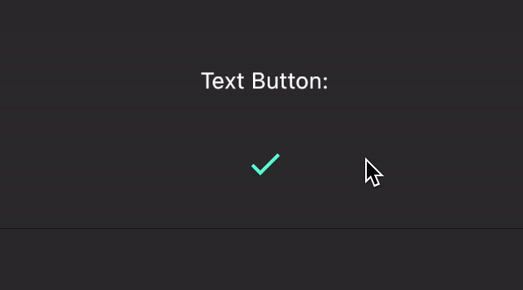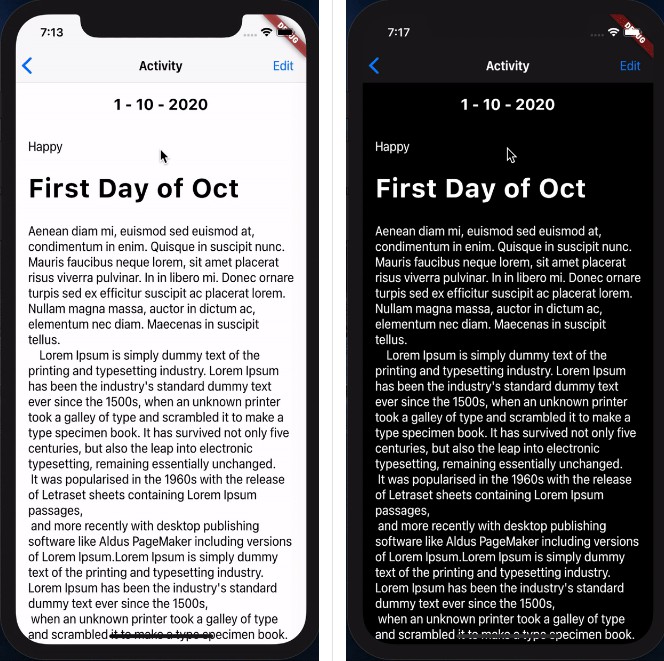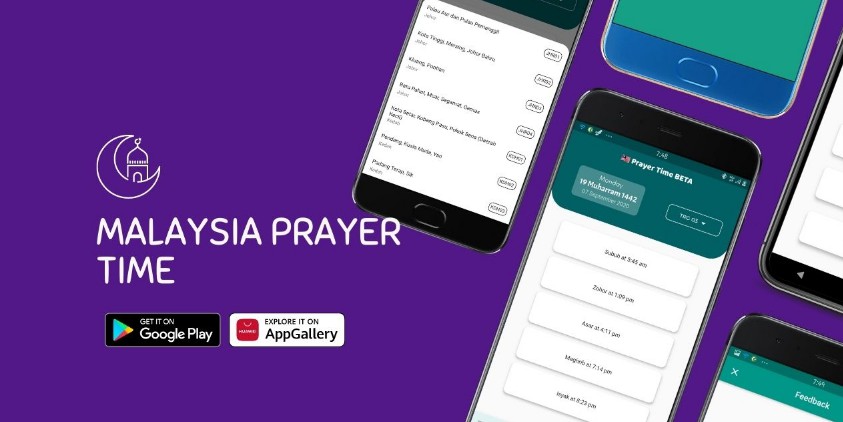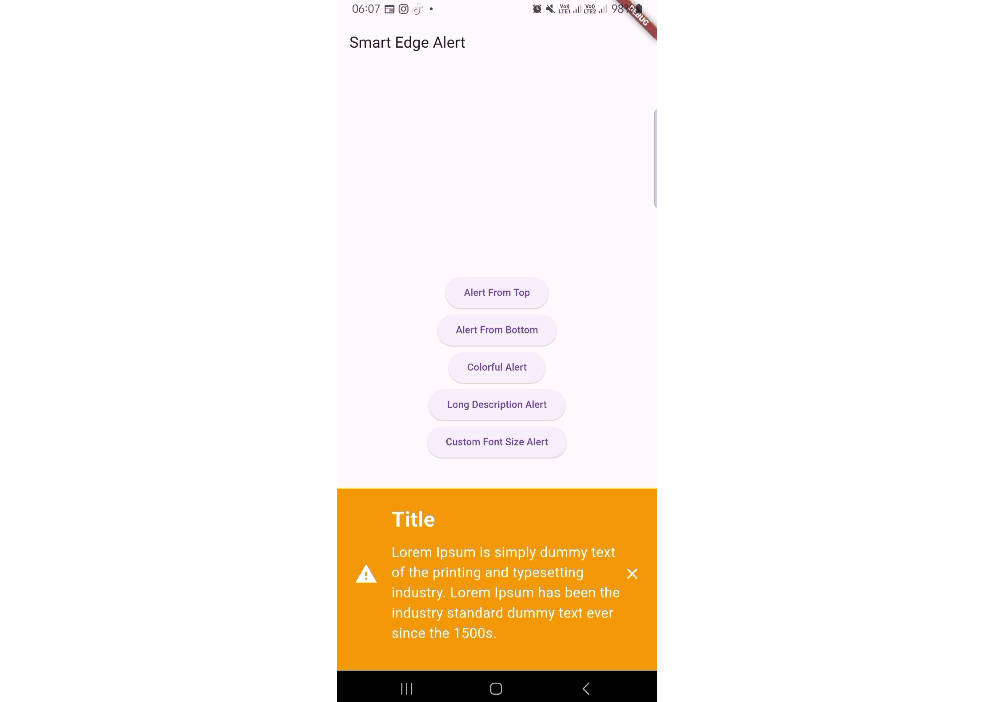A builder that adds loading, disabled, errored and completed states on top of buttons that perform asynchronous tasks. It can be used with most any button or even on top of a custom Material button. It includes fluid animation between states as well using AnimatedSize in combination with AnimatedSwitcher which gives possibility to define your own transitions.
Getting Started
Include the package:
async_button_builder: <latest_version>
Wrap the builder around a button, passing the onPressed and child element to builder instead of the button directly. These two are the only required fields.

The fourth value in the builder allows you listen to the loading state. This can be used to conditionally style the button. This package depends freezed in order to create a sealed union to better handle the possible states.

You can also drive the state of the button yourself using the buttonState field:
async_button_builder even works for custom buttons. You can define your own widgets for loading, error, and completion as well as define the transitions between them. This example is a little verbose but shows some of what's possible.
AsyncButtonBuilder(
child: Padding(
// Value keys are important as otherwise our custom transitions
// will have no way to differentiate between children.
key: ValueKey('foo'),
padding: const EdgeInsets.symmetric(
horizontal: 16.0,
vertical: 8.0,
),
child: Text(
'Click Me',
style: TextStyle(color: Colors.white),
),
),
loadingWidget: Padding(
key: ValueKey('bar'),
padding: const EdgeInsets.all(8.0),
child: SizedBox(
height: 16.0,
width: 16.0,
child: CircularProgressIndicator(
valueColor: AlwaysStoppedAnimation<Color>(Colors.white),
),
),
),
successWidget: Padding(
key: ValueKey('foobar'),
padding: const EdgeInsets.all(4.0),
child: Icon(
Icons.check,
color: Colors.purpleAccent,
),
),
onPressed: () async {
await Future.delayed(Duration(seconds: 2));
},
loadingSwitchInCurve: Curves.bounceInOut,
loadingTransitionBuilder: (child, animation) {
return SlideTransition(
position: Tween<Offset>(
begin: Offset(0, 1.0),
end: Offset(0, 0),
).animate(animation),
child: child,
);
},
builder: (context, child, callback, state) {
return Material(
color: state.maybeWhen(
success: () => Colors.purple[100],
orElse: () => Colors.blue,
),
// This prevents the loading indicator showing below the
// button
clipBehavior: Clip.hardEdge,
shape: StadiumBorder(),
child: InkWell(
child: child,
onTap: callback,
),
);
},
),

GitHub
https://github.com/Nolence/async_button_builder








